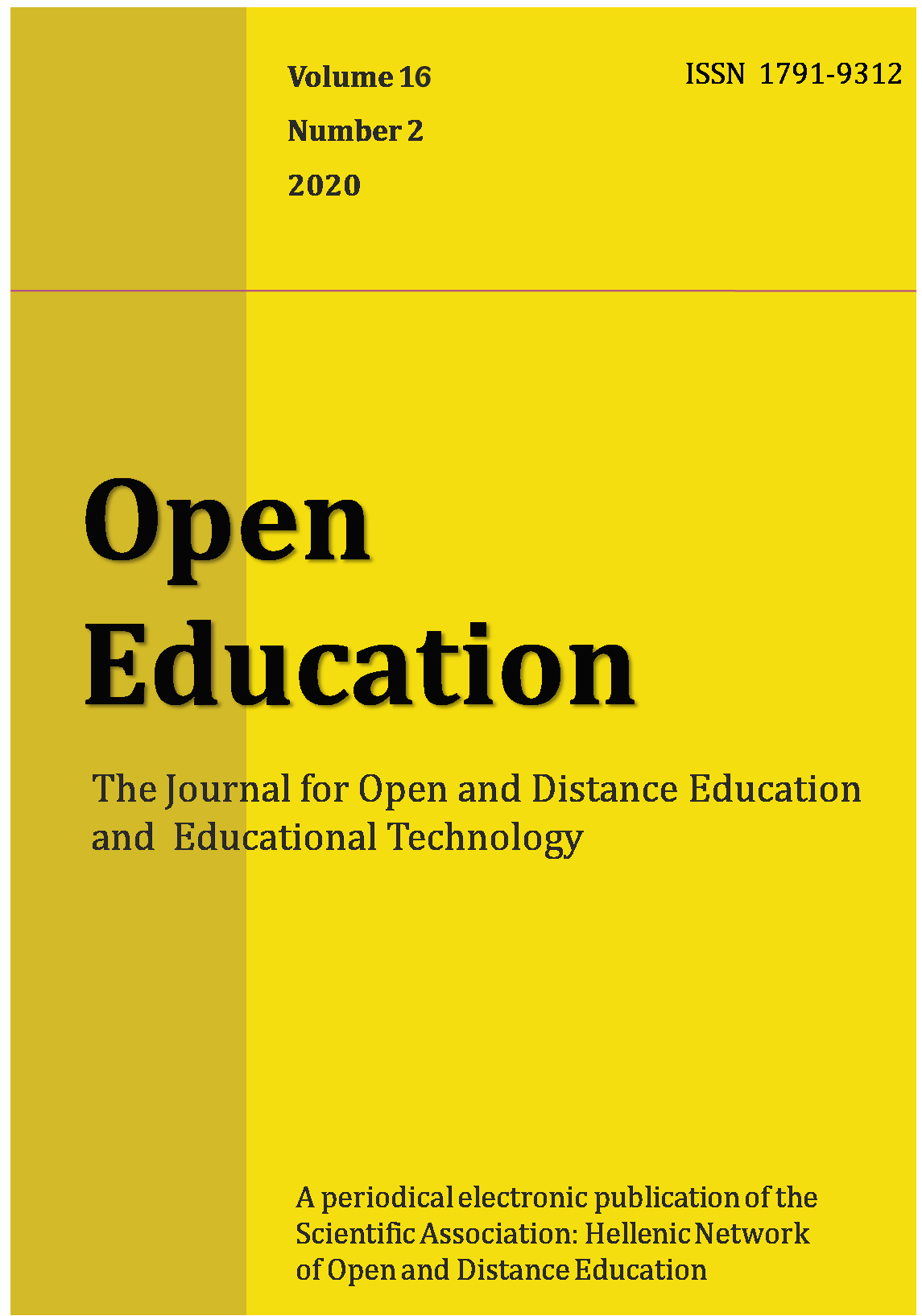Διαδραστική απόσταση: Μια συστηματική επισκόπηση

Περίληψη
Περίληψη
Η παρούσα εργασία επικεντρώνεται στη μελέτη της έννοιας της διαδραστικής απόστασης, όπως αυτή περιγράφεται μέσω της βιβλιογραφικής επισκόπησης που πραγματοποιήθηκε τόσο σε ελληνόγλωσσες όσο και σε ξενόγλωσσες βιβλιογραφικές πηγές. Ειδικότερα, η παρούσα επισκόπηση στρέφει το ερευνητικό της ενδιαφέρον στη διερεύνηση των παραγόντων που επιδρούν στη διαδραστική απόσταση που βιώνουν οι διδάσκοντες και οι εκπαιδευόμενοι ενώ παράλληλα δίνεται έμφαση στις σύγχρονες ερευνητικές εξελίξεις γύρω από την μελέτη της έννοιας. Ζητούμενο της παρούσας μελέτης δεν είναι να εξαντληθεί το σύνολο των βιβλιογραφικών αναφορών για τη διαδραστική απόσταση αλλά κυρίως να αναδειχθούν οι παράγοντες που δύνανται να βελτιώσουν την αποτελεσματικότητα της μάθησης μέσα από τη μεταβολή της διαδραστικής απόστασης. Τα ερευνητικά ερωτήματα στα οποία προσπαθεί να απαντήσει είναι: α)Ποιοι παράγοντες είναι δυνατόν να οδηγήσουν σε μεταβολή της διαδραστικής απόστασης που βιώνουν οι διδάσκοντες και οι εκπαιδευόμενοι που συμμετέχουν σε εξ αποστάσεως, μικτά αλλά και σε παραδοσιακά εκπαιδευτικά περιβάλλοντα; β)Εντοπίζονται διαφορές στη διαδραστική απόσταση που βιώνουν διδάσκοντες και εκπαιδευόμενοι οι οποίοι συμμετέχουν σε διαφορετικά εκπαιδευτικά περιβάλλοντα; γ)Ποιοι παράγοντες επηρεάζουν τις μεταβλητές του διαλόγου, της δομής και της αυτονομίας; Αρχικά, γίνεται μια σύντομη αναφορά του θεωρητικού πλαισίου, στη συνέχεια περιγράφεται το μεθοδολογικό πλαίσιο και καταγράφονται συνθετικά τα αποτελέσματα της βιβλιογραφικής επισκόπησης, τα οποία οδηγούν σε χρήσιμα για την εκπαιδευτική διαδικασία συμπεράσματα.
Λεπτομέρειες άρθρου
- Πώς να δημιουργήσετε Αναφορές
-
- Τεύχος
- Τόμ. 16 Αρ. 2 (2020)
- Ενότητα
- Μέρος πρώτο / Section 1


